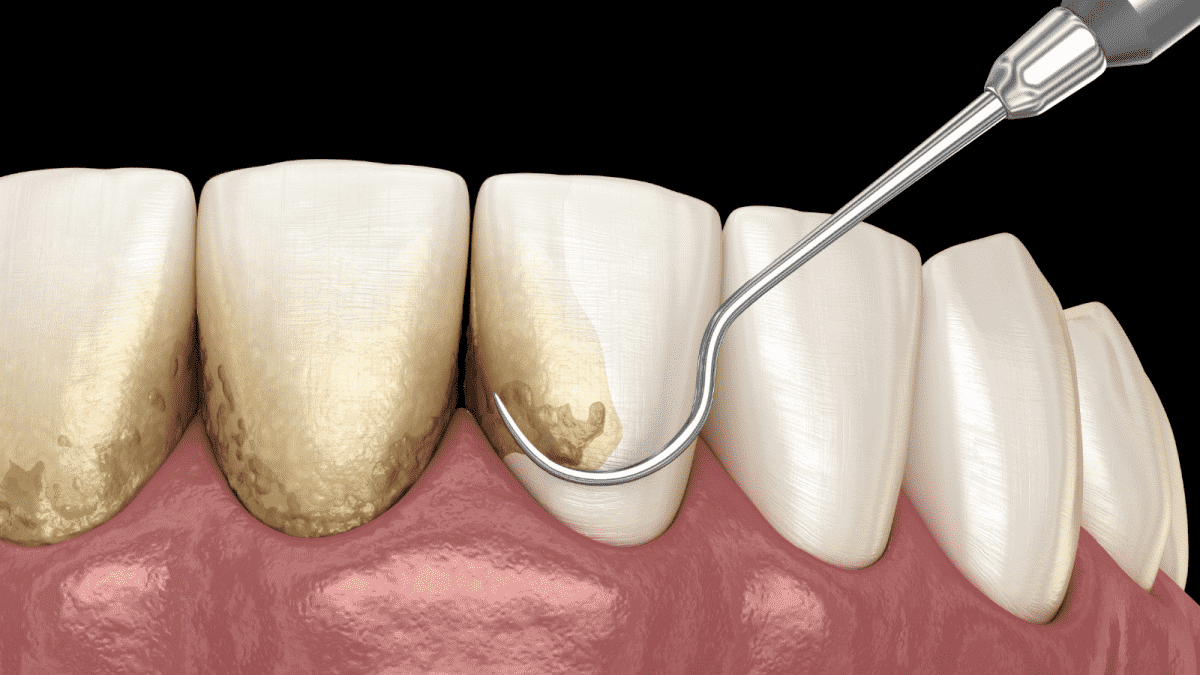What To Know About Teeth Scaling And Root Planing
- - Category: Dental Care
- - 17 May, 2022
- - Views: 162
- Save

Periodontal or tooth scaling and root planing are popular dental procedures that help to treat gum disease or periodonti
There are two basic methods for scaling teeth:
- Traditional handheld metal tools, including a scalar and a curette, may be used to perform the procedure. This thin tool will be inserted beneath the gum line to access plaque your toothbrush can’t reach.
- Alternatively, an ultrasonic instrument may be used by the dentist to scale your teeth. This includes a vibrating metal tip combined with a cool water spray. The tip works on chipping the tartar away as the water flushes out the pocket.
See also: How Often Should You Get Teeth Scaling Done?
What to Expect After the Procedure?
The treatment of Teeth scaling and root planing may take more than one trip to the dentist’s office and the dentist will most likely recommend a follow-up appointment to ensure the procedure was successful and that there are no complications like an infection.
Also if the pockets do not shrink with the procedure, you may be recommended to come back for another procedure.
Dr. Sheena Gaur at Kirkland Premier Dentistry says that it is advisable to resume normal oral care procedures after your teeth scaling and root planing, like brushing your teeth at least twice a day and flossing regularly.
Eating a healthy, balanced diet and seeing your dentist for regular cleanings to prevent the condition from returning are also recommended.
A periodontal maintenance cleaning schedule i.e. returning for regular cleanings every three to four months versus the standard cleanings every six months may also be advised based on your condition.

